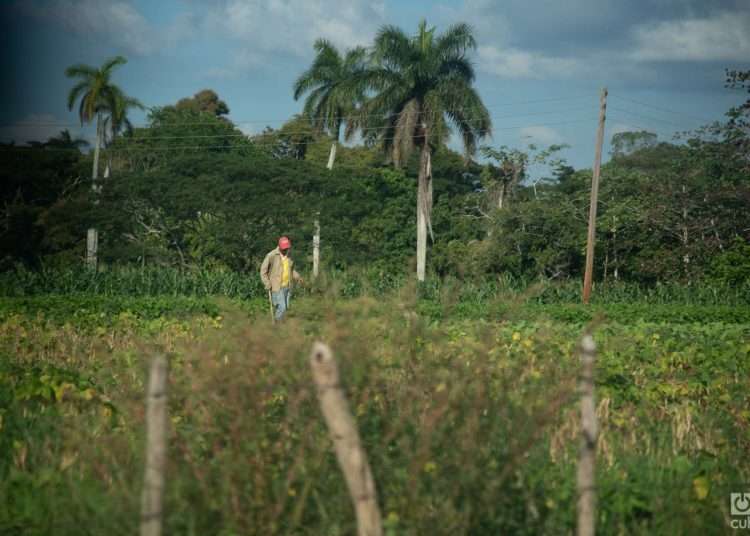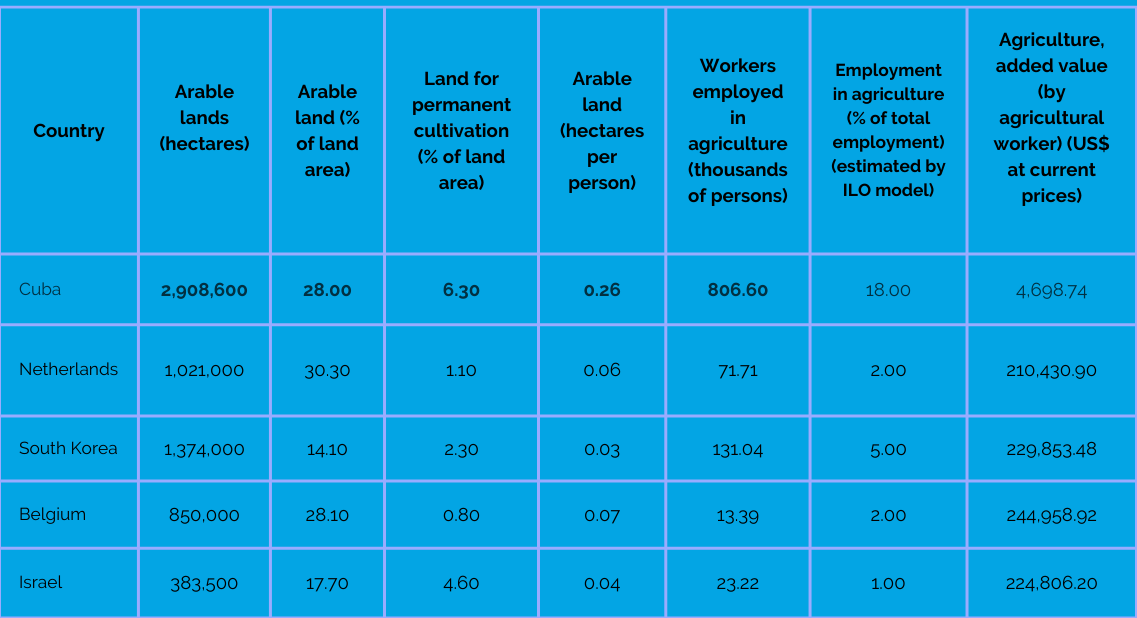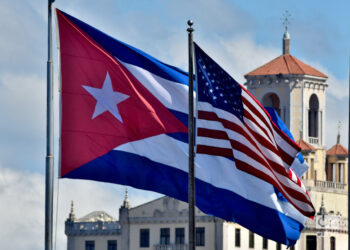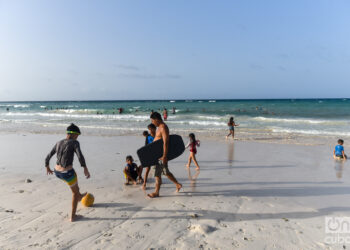When we look at the objectives prioritized for 2023 by the Ministry of Economy and Planning (MEP), it would be hard not to agree with them, at least in my opinion. In fact, all these objectives cut across the Cuban economy and society.
However, it is strange not to see a prioritized objective directly associated with the food-producing sector and, specifically, with the agricultural sector.
Agricultural production has been and is one of the great weaknesses of the Cuban economy. It was even so in the years in which it received enormous resources — human, investment, and equipment —, together with a more than significant effort to create science and technology institutions.
By the 1980s, the weight of the state sector in agriculture reached 82%. Between the years 1960 and 1975, the participation of agricultural investments in the total gross investment was around 30%, while between the years 1976 and 1992, it was around 21%
The growth of gross agricultural production between 1960 and 1989 was around 2.5%. Some data from those years show the exhaustion of an extensive production model, based on vertical relationships and highly centralized.
For example, the return on basic funds (pesos produced over the value of basic funds), which in 1975 was 2.20, fell to 0.6 in the period 1986-1990; while the endowment of funds per worker, which in 1975 was 2,480 pesos, reached 10,002 pesos between 1986 and 1990, while gross production barely grew by 1.3%.
It is good to remember that in the period from 1959 to 1989 the land under cultivation doubled, there was a powerful process of mechanization and chemicalization that substantially improved working conditions and more than 40 research centers were created in practically all the agricultural branches.
I have brought up this part of economic history to emphasize that it is not only the lack of resources that influences the results of the sector. Other factors seem to have also had a decisive influence on the Cuban agricultural sector always falling short of expectations and becoming the “slowest soldier in the column,” with negative impacts on the dynamics of the entire formation.
The land, sea and inland waters are the primary sources of virtually all food on the planet, including this small archipelago of barely 11 million hectares of land, of which 57% can be considered agricultural land. Proper use of natural resources is essential. Making them produce for today and for the future is economically and politically strategic.
The Statistical Yearbook of Cuba reveals, at least in part, how we use this precious resource.
But the Yearbook is also surprising because the data (referring to 2017) say that only 43% of all agricultural area was cultivated, a relatively low proportion if one considers the dependence on food imports that the country has suffered and continues to suffer.
From 2017 to 2022 it is likely that the cultivated area has not increased. At that time, 27% of the agricultural area in the hands of state enterprises was cultivated, while 51% was cultivated in the non-state sector.
In 2017, even without Trump and without a pandemic, the use of agricultural land did not reach 60% in any of the forms of tenure, and the UBPCs were the ones with the highest use, with 56%. In other words, the Cuban agricultural sector reaches the years of deep crisis (2020-2021) dragging significant deficits.
Nowadays, the agri-food sector has been identified in the different updates of the strategy as a strategic sector, despite the redundancy. A little over a year ago, a program of 63 measures was launched to boost its revitalization. The measures range from the organizational to the financial and materialize in more than 600 actions. But the task is great.
The agricultural sector received 2.78% of the investment made in the country in the period from 2017 to 2021, while fishing barely received 0.37%. Improving the allocation of investments towards these two sectors seems to be a priority. Seeing to it should not be further delayed.
But injecting resources into a sector is only part of the story; the other part, without a doubt, is to promote a business environment where these resources can be used efficiently.
According to the report of the Ministry of Economy to the National Assembly for 2021, the results of the primary activities were at -32.8% of the year 2019. It is a large debt that must be paid. The same report showed that, with the exception of one of them, in a group of agri-food products the production plans failed to comply, in several cases, below 50%.
According to the United Nations, the absolute minimum of arable land to sustainably supply one person is 0.07 hectares. Our country has 0.27 hectares, this is 3.85 times the land needed.
Is the agricultural land that we have a lot or little? It is a question that I always ask my Economics students. As it happens in every course, in this one there was a diversity of opinions.
One of my students built a table using various sources, of which I reproduce a part. The data she had available corresponds to 2017.
Obviously, the data corresponding to the added value per worker, in the case of Cuba, are affected by the exchange rate in force at that time, which was 1 peso equal to 1 dollar. If we multiply by 24, it would be 112,769.76 dollars per worker, much closer to the values of other countries, but still around 50% of what was achieved in those. In any case, this multiplication does not solve the deficit of indigenous production and supply of agricultural products that today affects the entire economy and, especially, the population.
No, we do have enough land; we have much more than enough to sustainably produce food. We are not a country poorly endowed with these natural resources. That is why it is necessary to achieve, with good public policies, consistent with the purpose of achieving a prosperous country, that the resources we have which are necessary and more, produce what they should produce.














Can socialism work?